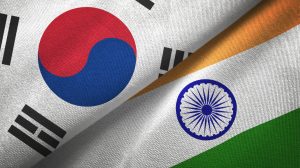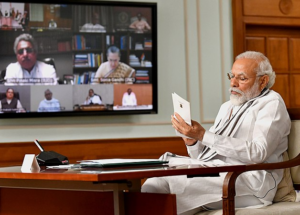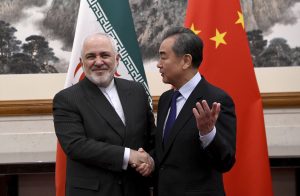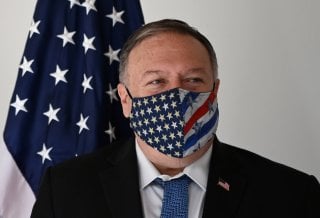PART TWO: EVOLVING GOVERNMENT DATA COLLECTION PRACTICES
National governments are rapidly expanding their data collection capabilities, driven by domestic security interests, private industry, and new enabling technologies. Globally, nearly all governments are increasing their efforts to collect and access data by monitoring private citizens, gaining permission to use data collected by corporations, or gathering intelligence on foreign governments. This mass accumulation of data can have transformative impacts on societies, raising questions about what uses are, in fact, in the public’s interest.
Many national governments have crafted exemptions to their data privacy laws, empowering them to build up massive data collection infrastructure. A recent wave of legislation to bypass encryption could radically enhance governments’ access to user data, while also weakening general data protections. To date, at least twenty-five countries have passed some form of legislation limiting encryption. This carries broad implications for businesses, organizations, and individuals by potentially exposing sensitive data to bad actors and infringing on civil liberties.
Private industry plays a major role in the global build-up of governments’ data collection and monitoring capabilities, particularly in the developing world. Today, most nations possess similar data collection and monitoring capabilities, thanks to a multibillion-dollar data collection and surveillance industry. For the last two decades, British, American, French, and German companies have been the primary exporters of this technology to Middle East and African nations, but China and Japan have recently emerged as major global exporters as well—with advanced surveillance systems’ capabilities amplified by artificial intelligence.
The outbreak and spread of COVID-19 have created an enabling environment for governments’ adoption of data collection and surveillance measures. Despite the potential for public health benefits, without adequate safeguards there is real potential for the pandemic to significantly expand the scope of data collection and surveillance measures long after the virus is contained. As legislation struggles to keep pace with unfolding events and technological innovations surrounding government data collection, nuanced understanding of current trends and explicit policy measures are critical for businesses to thrive in this increasingly complex environment.
















